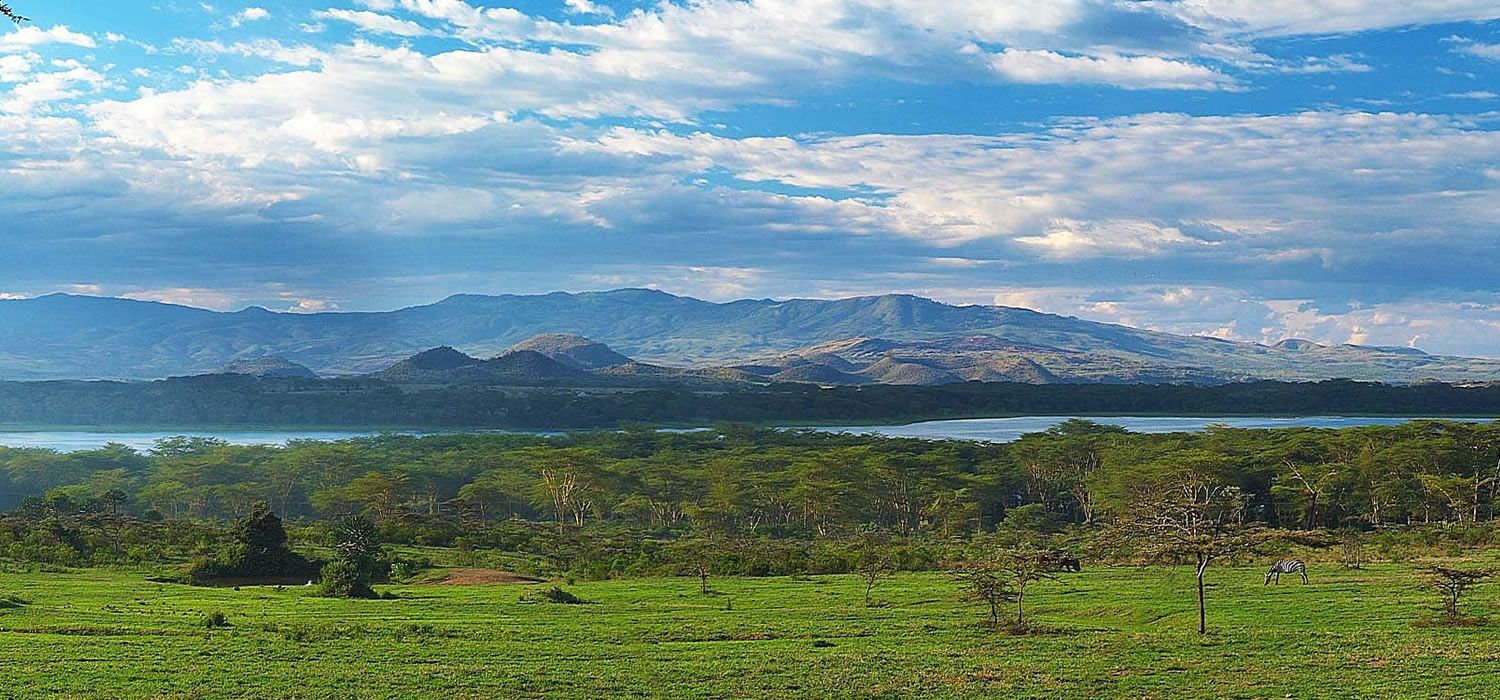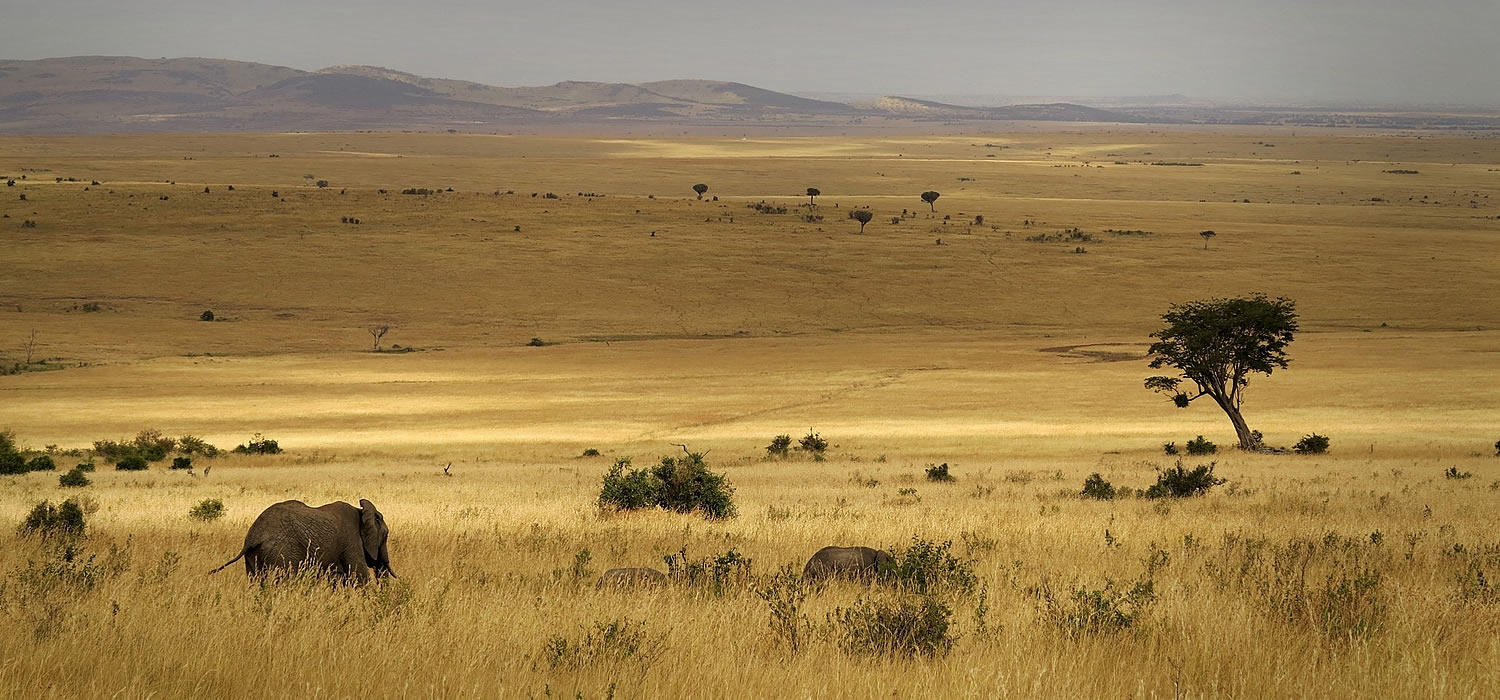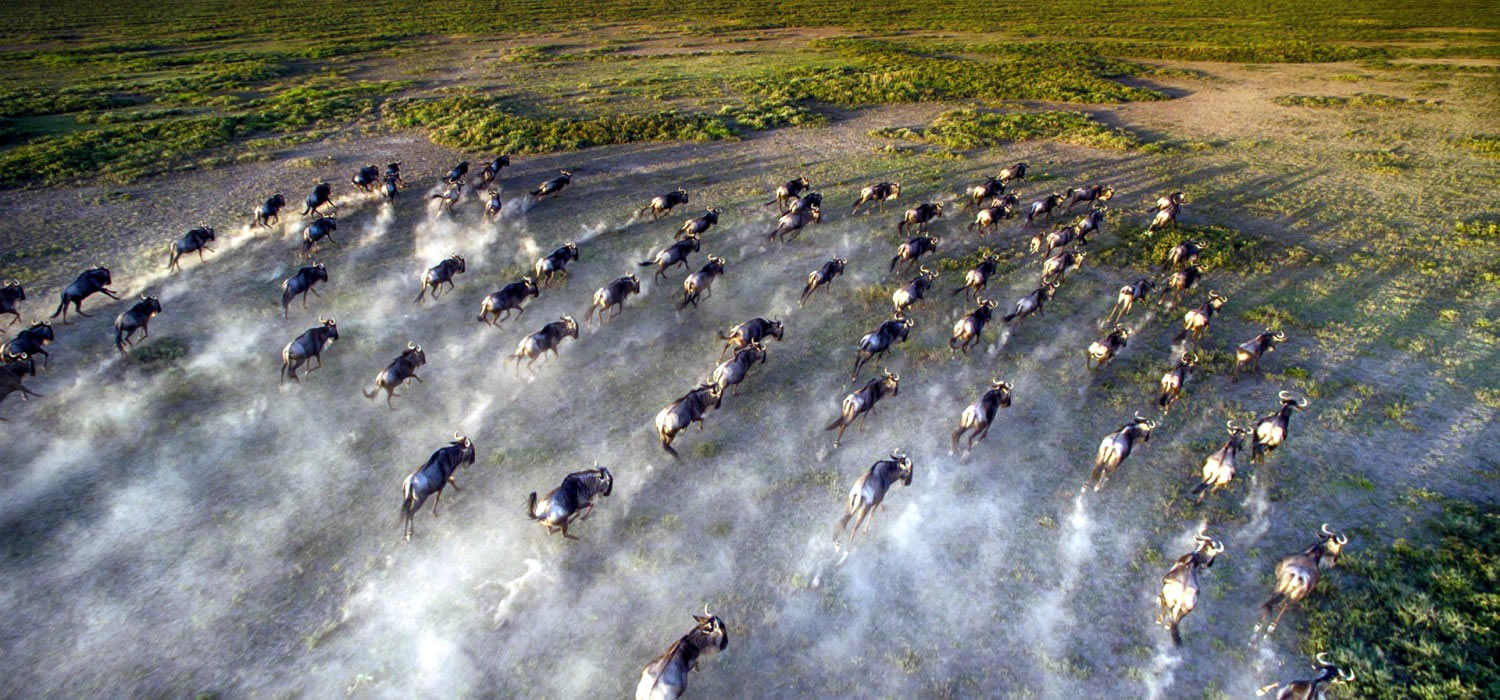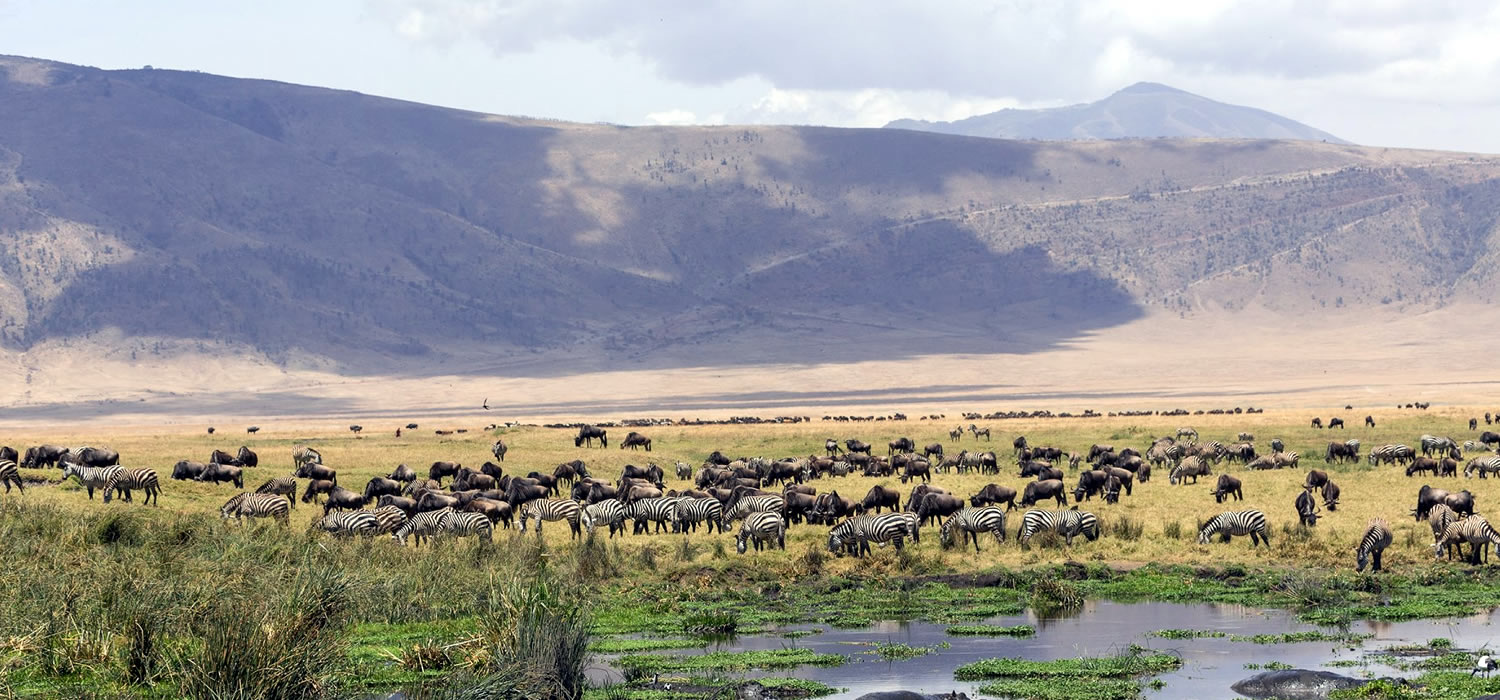
- Where to go
Destinations
Go Back - Holiday Styles
- Excursions
- General
- Blog

Lake Naivasha is freshwater lake, fringed by thick papyrus. The lake is almost 13kms across, with an average depth of five metres. Lake area varies greatly according to rainfall, with an average range between 114 and 991 sq kms. At the beginning of the 20th Century, Naivasha completely dried up and effectively Kenya safari - Lake Naivasha falmingoesdisappeared. The resulting open land was farmed, until heavy rains a few years later caused the lake to return to existence, swallowing up the newly established estates.
Rising from the floor of the Great Rift Valley like a monolith is the extinct volcano of Mount Longonot. A unique feature is the thick forest that lies within the crater of the mountain. The crater rim also provides great scenic views across the beautiful Rift Valley all the way to Lake Naivasha. Major wildlife attractions at Mount Longonot include buffaloes, elands, lion, leopard, bushbucks, common zebra, giraffe and Grant’s gazelles.
Much of Lake Naivasha is surrounded by forests of the yellow-barked Acacia tree, full of birds and black and white colobus monkeys. The Acacias were once called 'yellow fever trees' after explorers who camped under them caught malaria. You can take a boat on the lake to see the hippos, pelicans and fish eagles at close quarters and also to get to Crescent Island - a protected reserve where you can walk amongst zebra, antelope and giraffe that come to the water's edge to drink. There are no predators, so this is one of the few places in Kenya offering the opportunity to walk amongst the animals.
Of the other attractions near the lake, Elsamere, the former home of Joy and George Adamson, is a must-see. Once the home of Elsa the Lioness, this house overlooking the lake has now been transformed into a museum commemorating the story of 'Born Free'. It's also a great place for a spot of cream tea on the grassy lawns. The 68 sq km Hell's Gate National Park also lies beside the lake. It was named for its pair of massive red tinged cliffs and was proclaimed as a park to protect the variety of vultures and eagles that breed in these cliffs. The park is home to a profusion of plains game and birdlife. Again, as there are no predators, walking is permitted, making it ideal for hiking, biking and rock climbing.
Design: Dengates
Copyright © Zydee Safaris. All rights reserved. |







